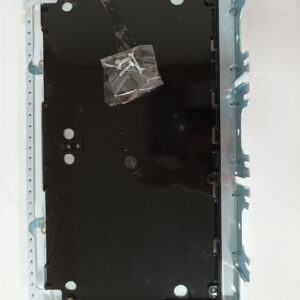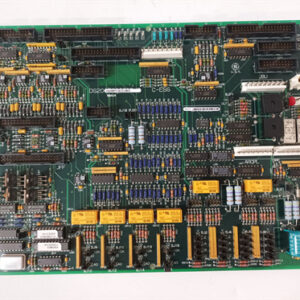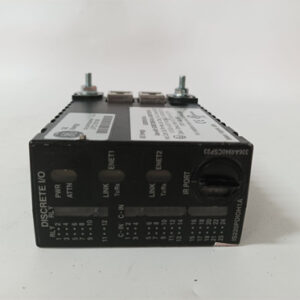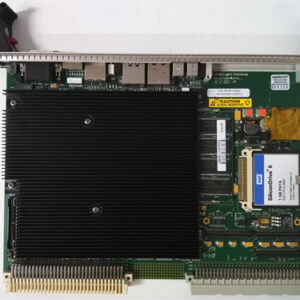الوصف
The GE DS200DDTBG2A is an LCI Auxiliary I/O Terminal Board designed for use in GE’s advanced turbine control and static starter systems, such as the Mark V and LS2100. This board serves as the crucial physical interface for connecting real-world auxiliary signals from the plant to the control system’s digital processing units.
Technical Breakdown 💡
The product number provides a clear breakdown of its function:
- LCI (Load Commutated Inverter): The context for this board is its use in high-power LCI drive systems. These systems are typically used for static motor starting of large synchronous machines, such as gas turbine-generators. The LCI acts as a massive Variable Frequency Drive (VFD) that controls the generator’s speed, bringing it up to a point where the turbine can be ignited and synchronized with the grid.
- Terminal Board: This board is the physical gateway for field wiring. It provides robust screw terminals and high-density connectors that allow auxiliary signals—such as high-voltage AC inputs, high-current signals, and low-current signals—to be wired into the control cabinet.
- for ADMA (Analog to Digital Measurement Assembly): The terminal board is the essential partner to the ADMA. The ADMA is the module that takes the various analog signals from the field (like voltage, current, and speed) and converts them into digital data that the main processor (DSPC) can understand and process. The DS200DDTBG2A provides the necessary signal conditioning, scaling, buffering, and isolation to ensure the analog signals are clean and correctly scaled before they reach the sensitive ADMA.
In summary, the DS200DDTBG2A provides the robust, protected, and organized interface that is essential for the LCI system’s control loop, enabling it to read critical feedback and make precise adjustments during the turbine’s startup sequence. The “G2A” revision indicates a specific version of the board, often with minor updates or improvements over earlier revisions.
Key Features ⚙️
- Signal Conditioning and Isolation: Transforms a wide range of field signals (including high voltage and current) into a format the ADMA can use, while isolating the control system from electrical noise and surges.
- Multi-Channel Inputs: Features a combination of high-voltage AC inputs, high-current inputs (e.g., from current transformers), and low-current signal inputs, providing versatility.
- Support for Analog and Digital I/O: Can process both continuous analog signals and on/off digital signals, which are common in auxiliary equipment.
- Rugged Construction: Designed to withstand the harsh conditions of industrial environments, including vibrations and temperature fluctuations, while maintaining reliability.
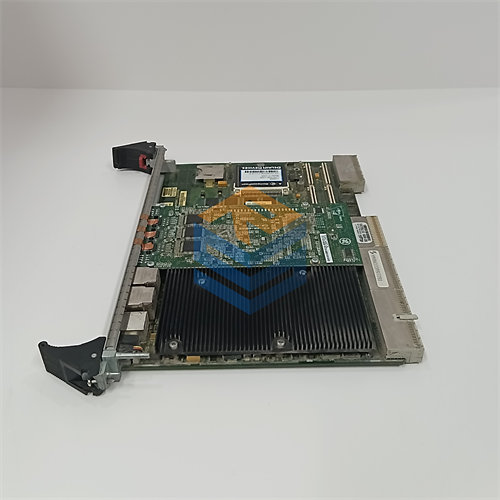

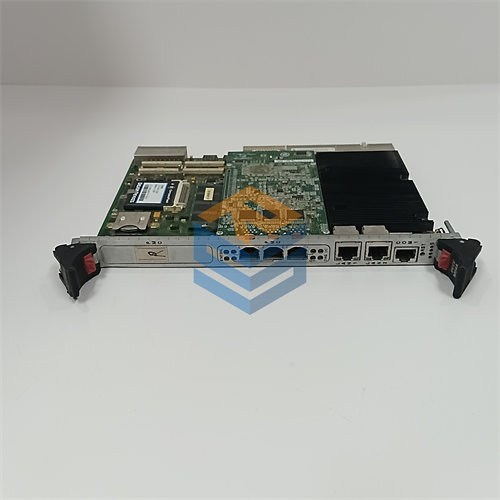
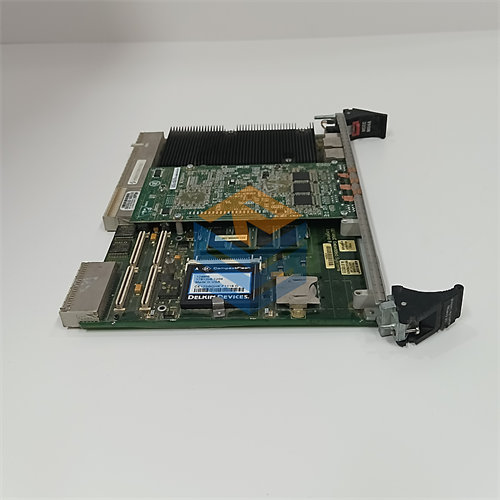

 +86 15340683922
+86 15340683922 +86 15340683922
+86 15340683922